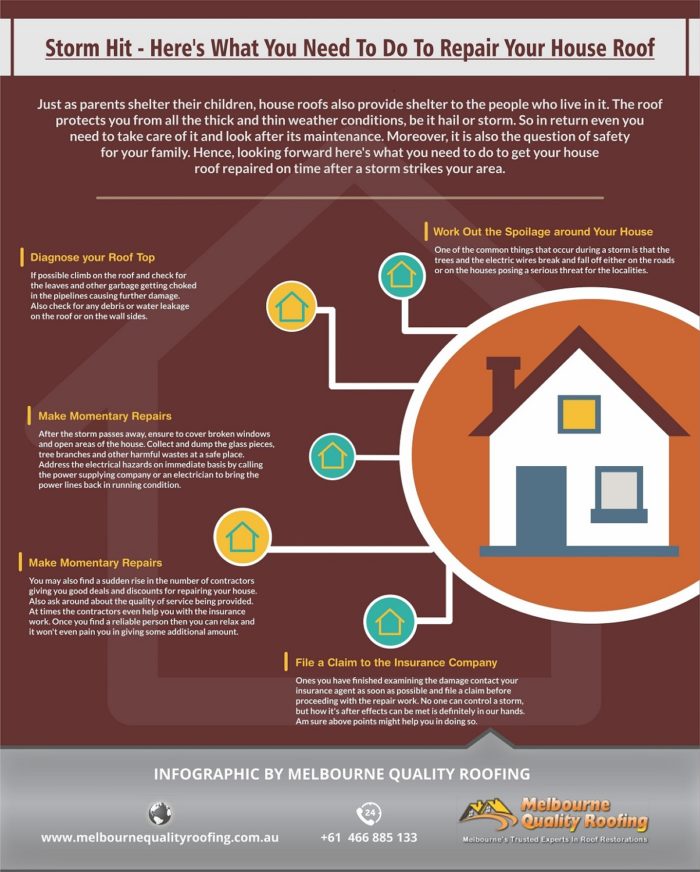Forgeting Roofing Ventilation Can Result In Costly Damages; Uncover Crucial Factors That Make Sure An Effective Installment And Protect Your Financial Investment
Forgeting Roofing Ventilation Can Result In Costly Damages; Uncover Crucial Factors That Make Sure An Effective Installment And Protect Your Financial Investment
Blog Article
Article Writer-Caldwell Iversen
When you're tackling a roof covering job, you could not think much about roofing system ventilation, yet it's more essential than you recognize. Efficient air flow aids manage temperature and wetness in your attic, protecting against troubles like mold and mildew and architectural damages. By recognizing exactly how to create and set up a balanced air flow system, you can boost energy performance and prolong the life-span of your roofing materials. So, what are the key aspects to consider throughout installation that can make all the distinction?
Value of Roof Air Flow
Roof ventilation plays a vital role in preserving the overall health of your home. By permitting fresh air to circulate through your attic, it aids manage temperature level and moisture degrees. This balance is necessary to stop heat build-up throughout hot months, which can result in increased energy expenses as your cooling works overtime.
Furthermore, correct air flow substantially decreases the danger of moisture-related problems like mold and mildew and mildew. If moisture levels climb, your home's structural stability can be compromised, leading to pricey fixings. You would not wish to handle decomposing wood or deformed roofing materials, right?
Furthermore, adequate air flow extends the life expectancy of your roof. When warmth and moisture are kept in check, your roofing can do optimally, avoiding early deterioration. This means fewer migraines and expenditures down the line.
Just How Roofing System Air Flow Works
Effective roofing system air flow depends on the natural motion of air to produce a balance in between intake and exhaust. When you set up vents, you're essentially enabling fresh air to enter your attic while allowing hot, stagnant air to run away. This process assists regulate temperature level and wetness degrees, stopping problems like mold and mildew growth and roof covering damage.
Intake vents, generally found at the eaves, pull in cool air from outdoors. Meanwhile, exhaust vents, situated near the ridge of the roof covering, let hot air increase and departure. The distinction in temperature produces an all-natural airflow, called the stack result. As warm air increases, it produces a vacuum cleaner that draws in cooler air from the reduced vents.
To enhance this system, you require to guarantee that the intake and exhaust vents are correctly sized and positioned. If the intake is limited, you will not attain the desired air flow.
Likewise, insufficient exhaust can catch heat and moisture, leading to potential damage.
Trick Installment Factors To Consider
When installing roof ventilation, a number of vital factors to consider can make or damage your system's performance. Initially, you require to analyze your roof's layout. The pitch, shape, and materials all influence airflow and ventilation selection. Make certain to select vents that match your roofing kind and local climate problems.
Next, take into consideration the placement of your vents. Preferably, you'll want a well balanced system with intake and exhaust vents placed for optimum air movement. https://www.klfy.com/eye-on-scams/beware-of-free-roofing-inspection-scams/ on the roofing and exhaust vents near the peak to motivate a natural circulation of air. This setup assists avoid wetness accumulation and promotes energy performance.
Don't ignore insulation. Proper insulation in your attic room prevents warmth from running away and keeps your home comfortable. Ensure that insulation does not obstruct your vents, as this can hinder air movement.
Finally, think of upkeep. Select air flow systems that are simple to access for cleaning and inspection. siding contractors san antonio guarantees your system continues to operate properly gradually.
Conclusion
To conclude, roof ventilation is crucial for an effective setup. By ensuring proper air flow, you can stop heat accumulation and dampness problems that lead to costly damage. When you tactically setting intake and exhaust vents, you improve power performance and prolong the life-span of your roof. Keep in https://marioewohz.blogacep.com/38470219/eco-conscious-roof-options-sustainable-solutions-for-your-residence , a well-ventilated roofing system not only protects your investment however additionally enhances your interior air quality. So, focus on ventilation to guarantee a durable and cost-efficient roofing system for your home.
